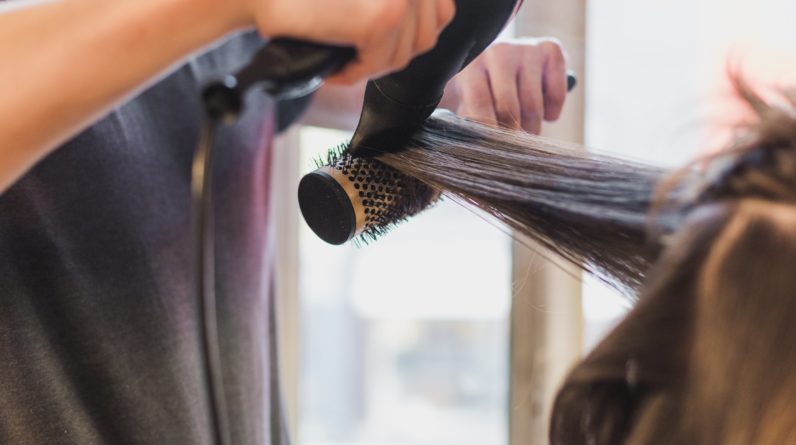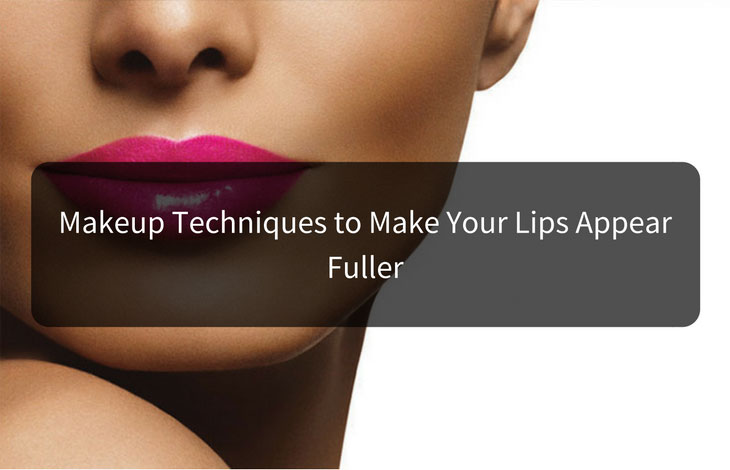
The world of hair extensions has been growing consistently over the past decade as people continue to seek out long, luxurious locks. In that time, hair extensions have come a long way, developing more realistic ways to apply the extensions and make them blend seamlessly into your natural hair. Extensions are a great way to add length and volume to your hair, but with so many options it can be difficult to know what you should go for.
Choosing which type of hair extensions are right for you will depend on a number of factors including your budget, hair type, and lifestyle. Once you find the method of hair extension you want to use, be sure to remember that the quality and craftsmanship of the hair, warranties, and skill of application will vary greatly between different manufacturers and different salons. Make sure to do your research before booking an appointment!
Hair extensions generally fall into one of two categories: strand by strand and welted panels. Here we’ll take a look at the latest options for each type of extension and why you might consider using one over the other.
Strand-by-Strand
Strand-by-strand methods use swaths of 20-40 strands of hair that are held together at one end using a glue bond. The extensions are attached, small section by small section, to the client’s hair either by bonding with a heat gun or by using copper cylinders. Methods of strand-by-strand extensions can be referred to as keratin bonds, microlinks, u-tip, and knotting.
Keratin bonded strands are attached by placing your hair inside of the u-shaped tip of the extension, heating the keratin with a heat tool, and rolling the keratin to bond the extension into your hair. Typically, an application to increase the length of your hair will require 100-150 strands. If you are looking for extensions to increase your hair’s volume, that may require up to 300 strands for the desired effect.
How Much and How Long?
Typically strand-by-strand applications cost a minimum of $900 because of how long they take to apply (6-8 hours on average). The price tag can increase significantly depending on the difficulty of the look you are trying to achieve and the number of strands required to attain it. If maintained correctly, a strand-by-strand application will last four to five months.
After two months, strand-by-strand extensions can start causing significant damage to your hair, which is why maintenance is so important. Using quality, sulfate-free shampoos and conditioners is a must to avoid breaking down the keratin glue and to keep the extensions soft and shiny. Gently washing and brushing the extensions, as well as sleeping with your hair in a low braid to avoid tangling, are also recommended.
The Downside
Finally, because the attachment points harden once cooled, they can become uncomfortable against the scalp immediately after application. Many people experience headaches in the first few days after their strand-by-strand extensions are applied.
Weft Extensions
Weft-style extensions are flat panels of hair attached at one end that are applied in a long row as opposed to individual strands. They can range in width from about one to 20 centimeters and come in any length. Weft extensions have a variety of application methods including tape, glue, and sewing/braiding.
Tape
Tape is the newest and easiest method to apply weft extensions. To do so, polyurethane coated wefts of hair with double-sided tape attaches are applied on either side of a section of the client’s hair, effectively sandwiching their natural hair between the wefts. Taped-in wefts can last anywhere from six to eight weeks and will cost about $300 or more for an application. They cause minimal damage to the user’s hair because the weight of the extension is distributed along a wider panel as compared to a strand-by-strand extension, and as a result they are also very comfortable to wear.
Glue
Glue-in wefts are another option for application. The application method is similar—glue is applied at the base of the weft and attached to the client’s natural hair—but glued-in wefts only last for a few days. The glue can be removed using an oil-based product but must be done so carefully. Improper removal can cause damage to your natural hair. It’s also important that no glue get on the scalp during application, as it can clog pores on the scalp and lead to infection. Glue-in wefts are slightly less expensive than tape, however, they don’t last long and must be removed when you shower.
Sewing/Braiding
Sew-in or braided wefts, commonly known as weaves, are best suited to thick or coarse hair. To apply, the client’s hair is first braided to create an anchor for the weft. The wefts are then sewn into the braids with a needle and thread to hold the extension in place. The application of sew-in wefts can take several hours and the tight braids can be uncomfortable when first applied.
Read Also:
Fringes That Will Work in Summer




